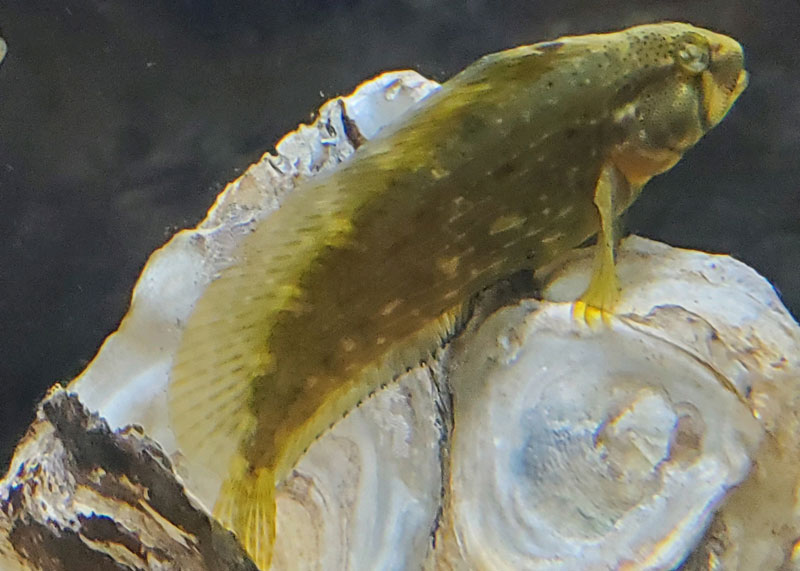The good news: for five years running we’ve enjoyed an above average spatfall, the measure of reproductive success of oysters in the Chesapeake Bay. The bad news: It’s a safe bet that some people will push for expanded oyster harvest and increased limits as a result. Attempting to look through an objective lens, it’s tough to blame those who do so. Commercial watermen work plenty hard at a relatively risky job, and more oysters means more money—more food on the table and new shoes for the kids. Still trying to remain objective, however, we must remember that oyster populations in the Bay are at one to two percent of what they were just two centuries ago. Back then oysters filtered the entire Bay in a week. Today it takes over a year. It should be obvious that maintaining oyster populations at their current numbers is insufficient. We need to let them rebuild, which means maintaining harvest limits and letting nature add back more—much more—than we haul out.

As with striped bass, nature plays a dominant role in the fortunes of oysters. Disease has been a major contributor to their population crash, and for the past five years we’ve simply been lucky that conditions have favored good spat falls and lower disease mortality. But we don’t know how long this will last, just as we don’t know when the rockfish will (finally) get a break and have favorable spawning conditions.
Why worry about this now, in the middle of summer long before oyster season? When we have another six or seven months before learning what sort of spatfall 2025 will bring? Because now, when the oyster harvest is the farthest thing from our minds, we need to remember:
- In 2019 commercial interests pushed to harvest from oyster sanctuaries in Maryland and then-governor Larry Hogan vetoed a bill to protect them; it took an override from the General Assembly to prevent the travesty of harvesting taxpayer-funded and restored oysters from taxpayer-funded “sanctuaries” for private gain.
- In 2023 oyster farms in Maryland produced over 94,000 bushels of oysters while the harvest of wild oysters over the 2023-2024 season yielded about 430,000 bushels. In Virginia, however, farming has surpassed wild harvest and 400,000 bushels of the total 700,000 bushel harvest came from farms. The ratio of farmed to wild harvest oysters in Virginia demonstrates that farming is the future.
- Wild oyster reefs don’t just filter the water, they provide critical habitat to dozens of Chesapeake Bay species. Blue crabs, mud crabs, eels, grass shrimp, mussels, barnacles, ghost anemones, skillet fish, three species of gobies, two species of blennies, bull minnow, oyster toads, croaker, spot, sea bass, silver perch, and white perch are all common residents—as are the rockfish, speckled trout, drum, and flounder that eat all those little guys.
What really got me thinking about this in the middle of the summer, however, was helping a friend clean out his oyster cages. When a single cage holding 500 oysters was pulled out of the water and shaken over a tarp, a blenny, two skillet fish, two blue crabs, a handful of bull minnow, a dozen gobies, a dozen eels, and many dozens of mud crabs and grass shrimp dropped out. The tarp was also covered with thousands of tiny wiggling amphipods called scuds, shrimp-like creatures that all of the aforementioned critters eat. The value of oysters as habitat simply cannot be overstated, and the amount of life generated by a bunch of oysters in a three-foot by four-foot area is utterly shocking.
Compare that to the endless stretches of barren soft mud bottom in much of our Bay, its creeks, and its rivers. And most critically for we anglers, ask yourself which sort of habitat you think you’ll catch more fish in.